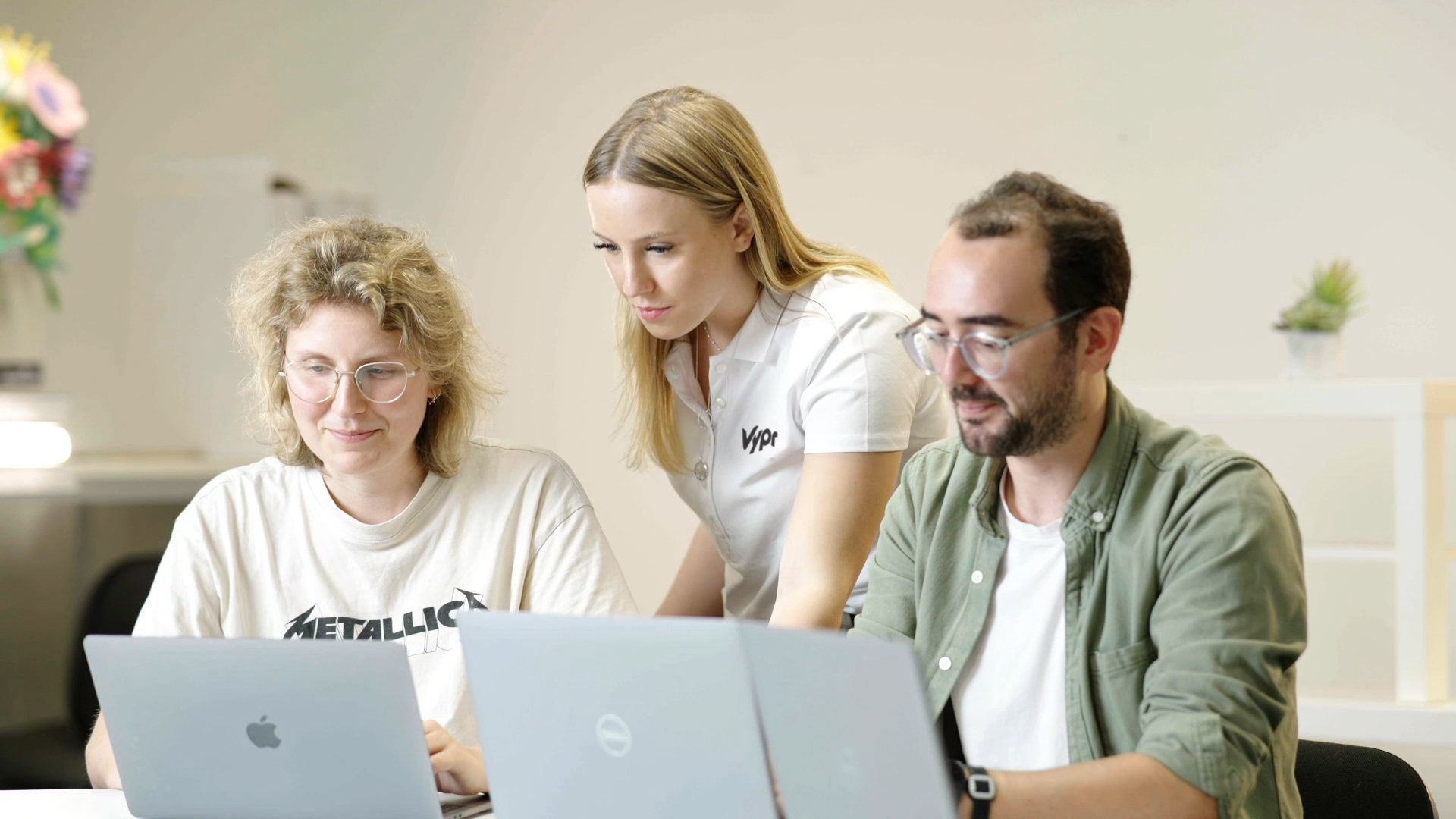Behavioural science: The power of split tests

Written by Tasmin Sibbald, Client and Operations Director
A/B testing, also known as split testing, is a marketing experiment where you can split your audience to test a number of variations of a campaign and determine which performs better. In other words, you can show version A of a piece of marketing content to one half of your audience, and version B to another.
A/B testing is a fundamental component of the Vypr methodology. Monadic testing is the most scientific way to empirically prove that a single variable is having a positive or negative impact, and should therefore be the most frequently used Vypr steer type by your company.
Split tests, such as Vypr’s Split by Description (used for optimising product names, product descriptions, marketing strap-lines etc) and Split by Image (used for optimising product packaging designs/brand imagery etc) are used to test the impact of a change of variable, in order to identify the version which is most likely to result in your desired behaviour.
For example, you can use Split By Description to identify which product name is most likely to entice purchase intent. This example isolates one variable to test – the name of the product. One section of the audience sees one version and reports their likelihood to buy, and another section of the audience sees another, with potentially a third audience section seeing a third version. Each audience is responding only to the option they have been presented with. From a Behavioural Science perspective, this removes the potential raft of biases being introduced to the test as we are not asking consumers to respond to ‘what they think they think between more than one variable’, but to one stimulus in isolation. It is important that one independent variable is tested at a time, otherwise, it will be difficult to understand which change is driving the result.
Another example would be testing if there is an impact of using promotional image claims (e.g BOGOF) using our Split by Image steer. Without being influenced by anything other than what is in front of them, would the claim influence them to buy or is the product appealing on its own? The consumer answers subconsciously, providing a quick response.
At Vypr we are pioneering the use of A/B tests in product innovation yet versus many other industries we are still playing catch-up. Microsoft, Facebook, Google and Amazon conduct over 10,000 online controlled experiments annually, engaging millions of users. Controlled experiments can transform decision making into a scientific, evidence-driven process—rather than an intuitive reaction. Without them, many breakthroughs might never happen, and many bad ideas would be implemented, only to fail, wasting a multitude of resources.
If you’re a Vypr client and need any further information on A/B testing or advice on which steers to use for which parts of the NPD process please get in touch with your client manager or the helpdesk team at clientsuccess@vyprco.com.
Not a Vypr client? Find out more about how Vypr can help you by contacting our friendly team.

Tasmin Sibbald, Client and Operations Director







